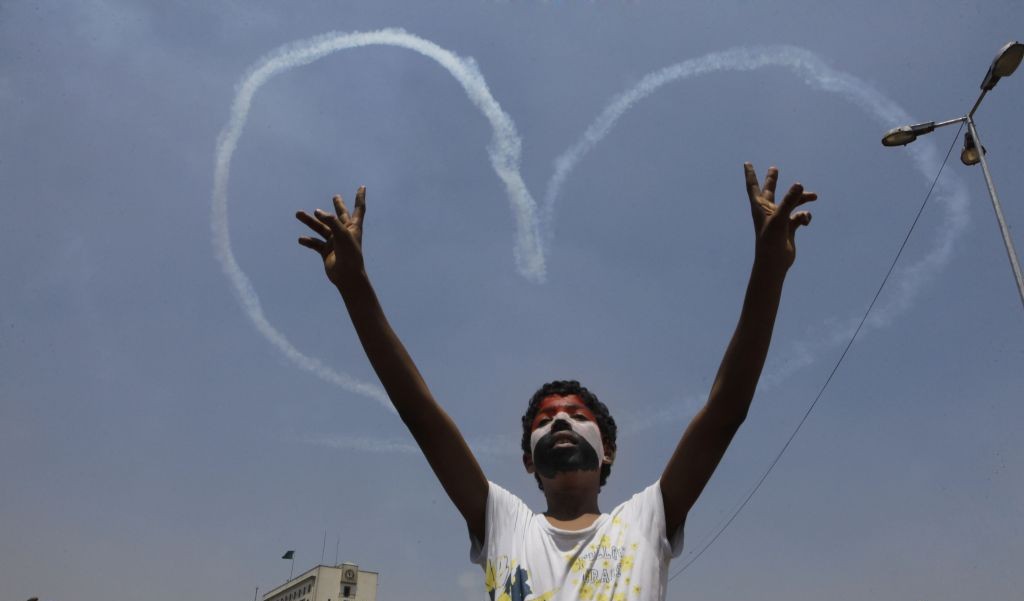After two major uprisings, the goals of Egypt’s revolution are still far from being achieved. By Hassan Fayed, contributor, EgyptianStreets.com It appears that the June 30 alliance between the revolutionary youth and supporters of the military is broken and cannot be reconciled – at least not any time soon. It would have been naïve to believe it had any chance of lasting, but the break up wasn’t expected to be so bitter. Today, proponents of each side – whether it be the January 25 activists or the government’s supporters – believe that only one side will emerge victorious, turning it to a zero-sum game. Accusations of treason, pragmatism, conspiracies and blind support surface Egyptian media as often as cars beep during Cairo’s rush hours. In the middle of this senseless war zone, sits the vast majority of the Egyptian people who supported both uprisings. I became a troubled, naive and disoriented member of this majority. We are caught in the crossfire, trying to cover our ears and close our eyes, hoping that all this will just fade away. But the noise is too loud that it penetrates any barrier and the image…



